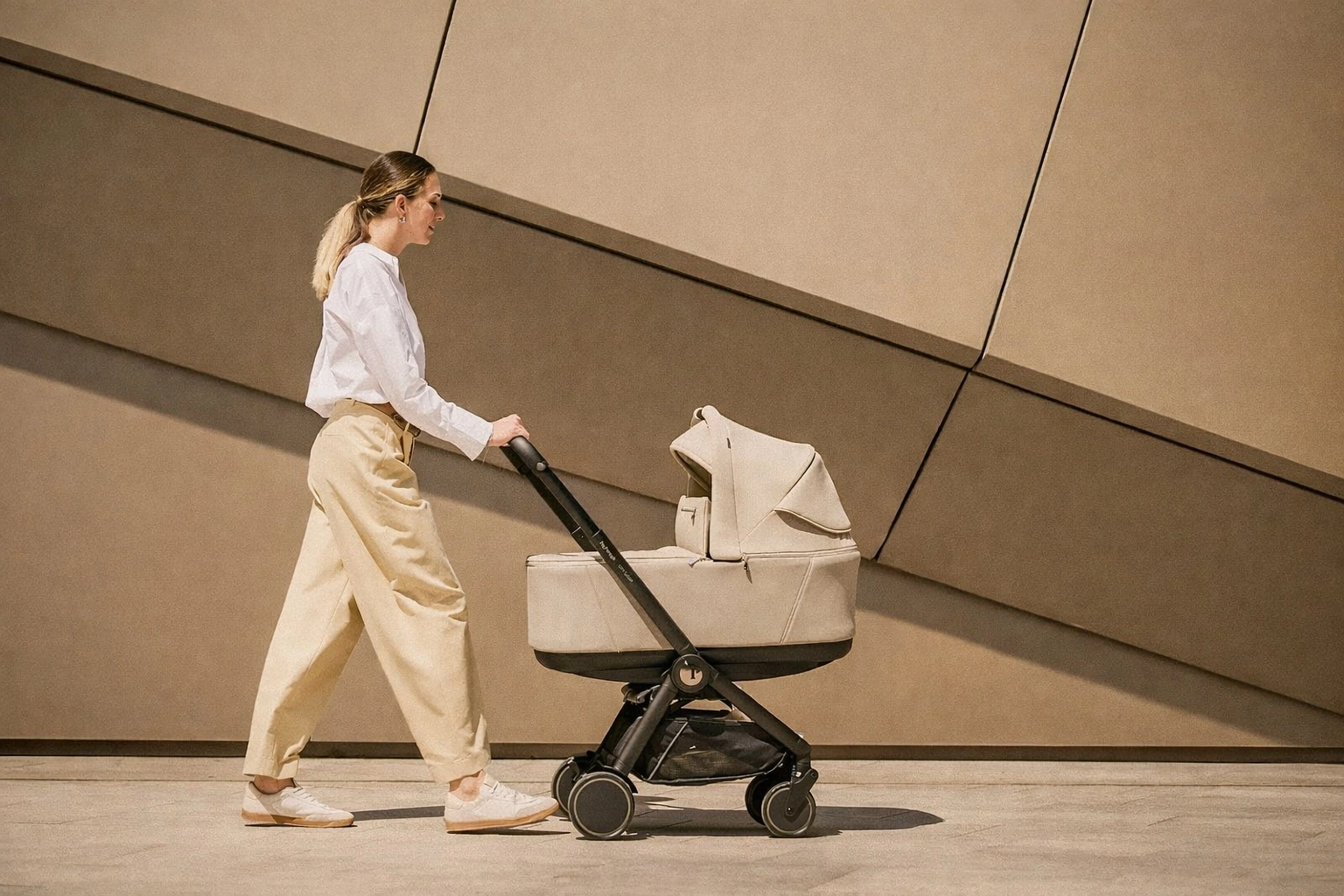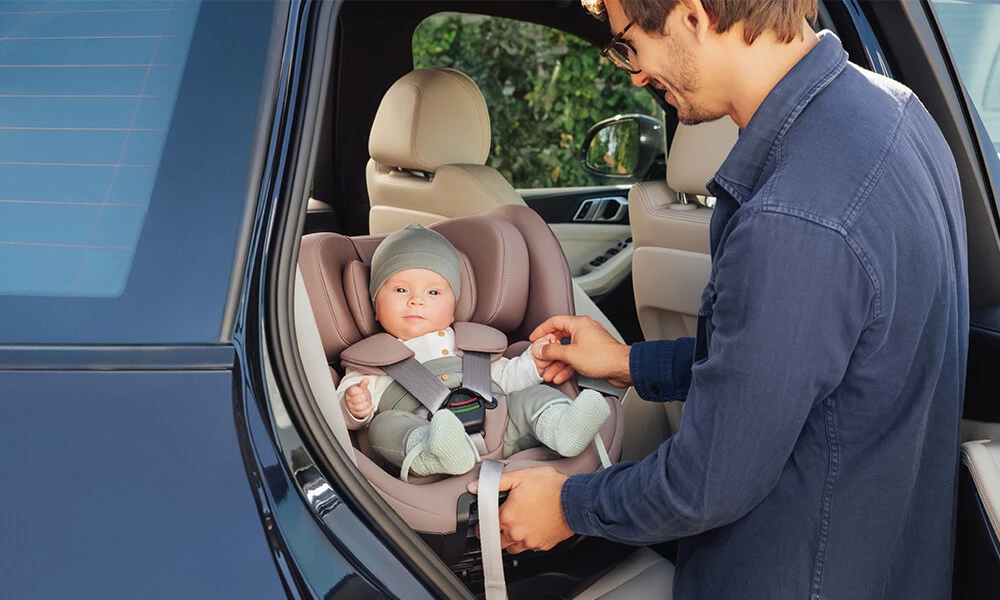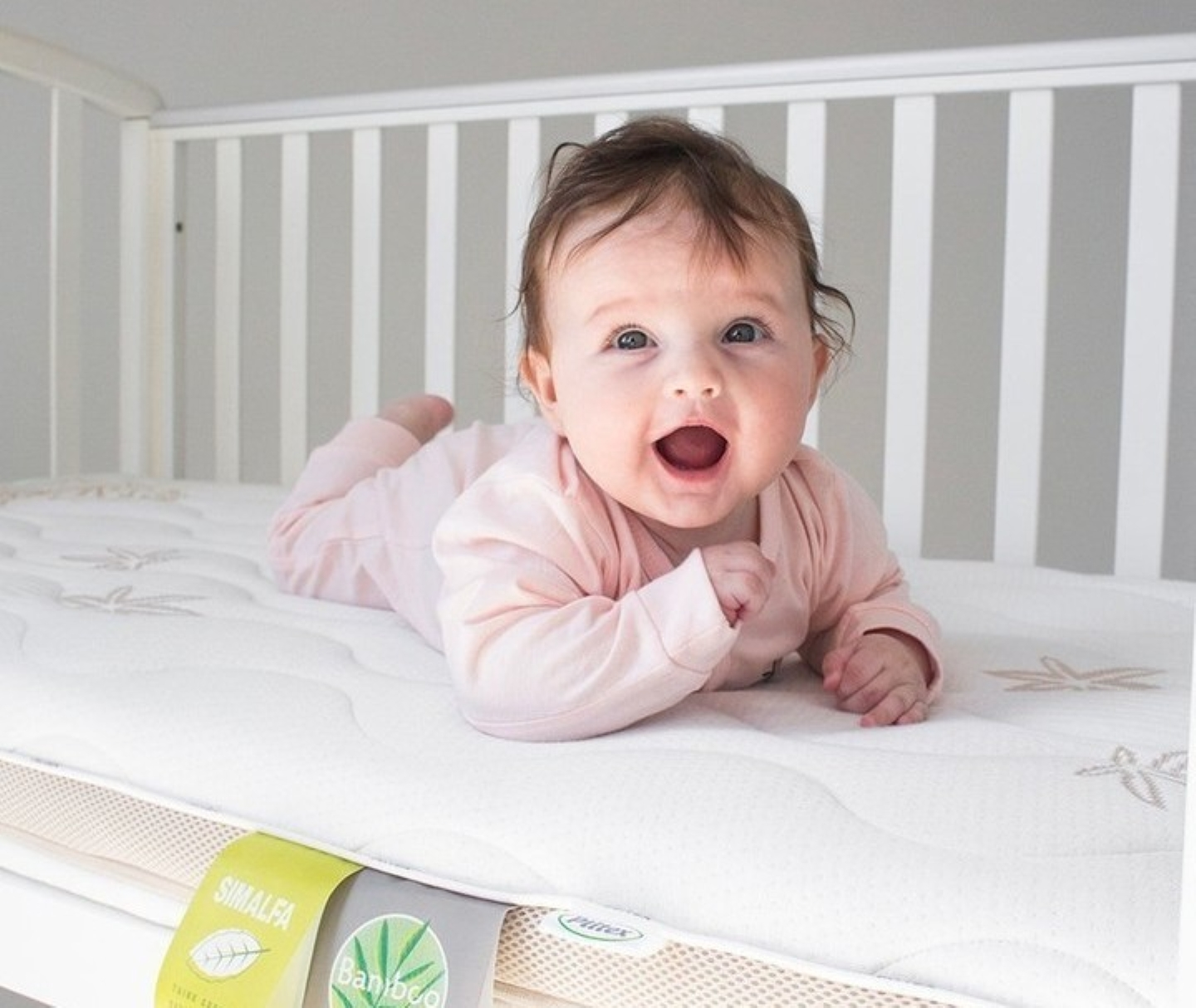Wooden Playthings: Enchanted Learning

In the modern world we live in, dominated by electronic devices and gadgets, wooden toys designed for babies remain unmatched. Going beyond their charm and eco-friendly characteristics, these wooden toys play a vital part in enhancing the development of children's motor skills.
Unlike their plastic counterparts, wooden toys possess tactile qualities that nourish a child's senses and empower them to explore new ideas while playing. Engaging in activities like putting together wooden cubes, arranging figurines in their designated places, or racing wooden cars contributes to the advancement of motor skills and coordination.
Moreover, wooden toys offer a unique sensory encounter. Their natural texture triggers touch sensations and cultivates the growth of tactile perception in youngsters. Through these toys, children acquire the ability to identify shapes of objects, grasp spatial relationships, and comprehend cause-and-effect relationships.
Furthermore, the simplicity of wooden toys encourages limitless creativity. As these toys lack built-in functions and offer unrestricted freedom to children, they can employ them in games driven by their imagination. These open-ended toys facilitate cognitive development.
Hence, wooden toys emerge as an excellent option for fostering cognitive growth in children. Their eco-friendliness, variety, and delightful essence will capture children's attention, guiding them through an absorbing expedition into their own realm.


